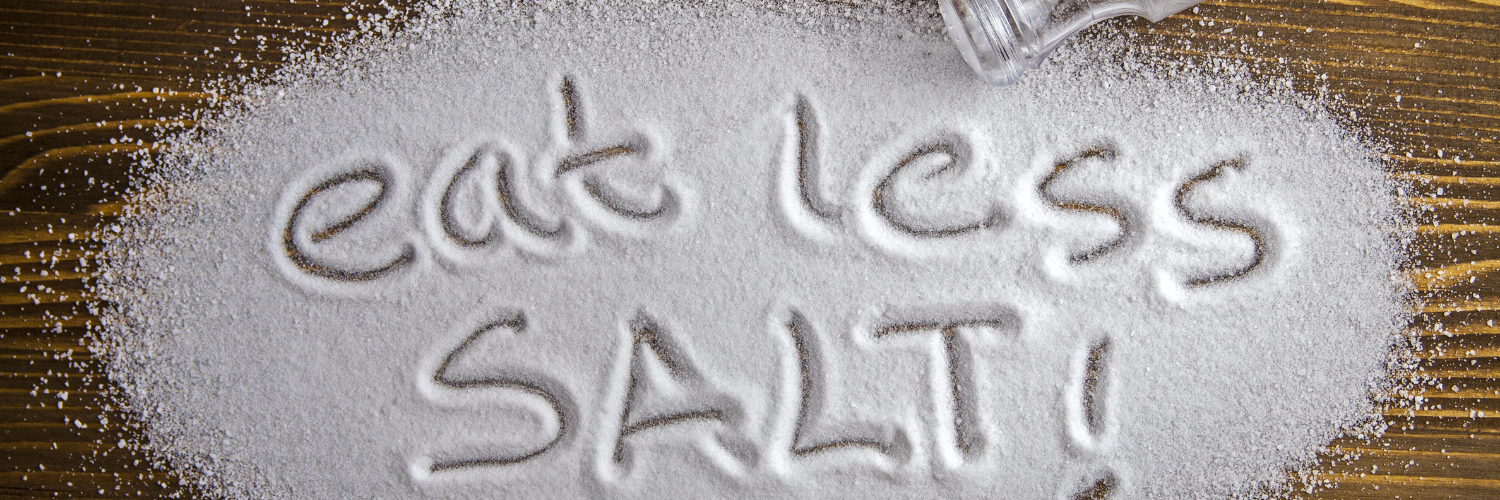
How to decrease your sodium intake
Excess sodium is a common problem, with 98% of men and 80% of women consuming too much sodium. It can put you at risk for kidney disease, high blood pressure, stroke, and more
On average, an adult consumes about 3,500 milligrams of sodium (about one and a half teaspoons of salt) compared with the recommendations from the 2015-2020 DGA of 2,300 milligrams of sodium or less per day. Nine out of 10 adults consume more sodium than the recommended limits, according to a 2016 report from the Centers for Disease Control and Prevention (CDC).
Excess sodium is a common problem, with 98% of men and 80% of women consuming too much sodium. Excess sodium intake can put you at risk for kidney disease, high blood pressure, stroke, and more, so it is increasingly important to work to keep sodium intakes to within (or sometimes lower than) the suggested amounts. Interestingly, the bulk of the sodium in the average diet comes from packaged or restaurant foods, not simply from being “heavy-handed” with the salt shaker. If you’re not sure where to start in getting sodium intake under control, there are many tips that can be used and much of them relate to how foods are purchased (fresh or packaged?) and how they are prepared or seasoned. The following (non-exhaustive) list from the CDC contains tips for reducing sodium at the grocery store, at home, and when dining out.
At the grocery store
- Buy fresh, frozen or canned vegetables with no salt or sauce added.
- Choose packaged foods labeled “low sodium,” “reduced sodium” or “no salt added” when available.
- When buying prepared meals, look for those with less than 600 milligrams (mg) of sodium per meal, which is the upper limit set by the Food and Drug Administration (FDA) for a meal or main dish to be labeled “healthy.”
At home
- When cooking, use alternatives to replace or reduce the amount of salt you use, such as garlic, citrus juice, salt-free seasonings, or spices.
- Include more fresh fruits and vegetables.
Dining out
- Ask for nutrition information before you order and select a lower sodium meal.
- Request that no salt be added to your meal.